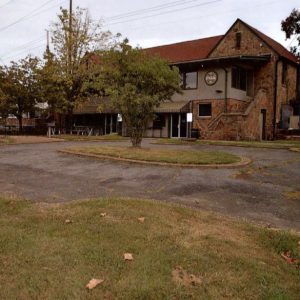 Fair Park Clubhouse
Fair Park Clubhouse
Entry Category: Historic Preservation - Starting with F
 Fair Park Clubhouse
Fair Park Clubhouse
Fair Park Golf Course
aka: War Memorial Golf Course
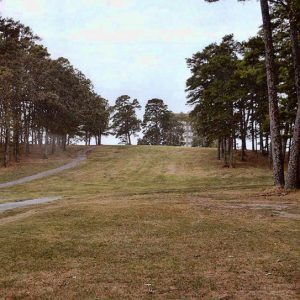 Fair Park Golf Course
Fair Park Golf Course
 Fair Park Golf Course Rough
Fair Park Golf Course Rough
Fair View School
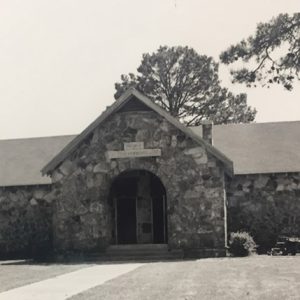 Fair View School
Fair View School
Fairview Cemetery—Confederate Section
Fargo Agricultural School
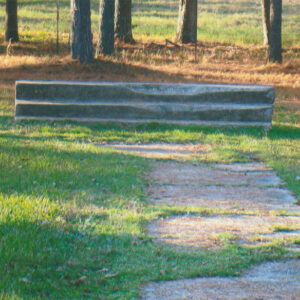 Fargo Agricultural School Ruins
Fargo Agricultural School Ruins
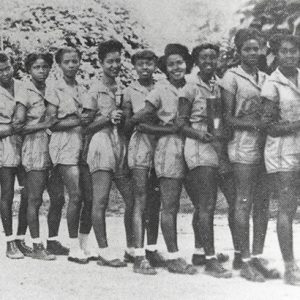 Fargo Basketball Team
Fargo Basketball Team
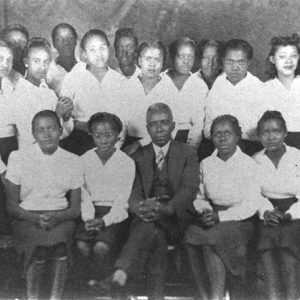 Fargo Girls Chorus
Fargo Girls Chorus
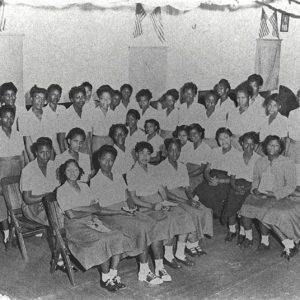 Fargo School Girls
Fargo School Girls
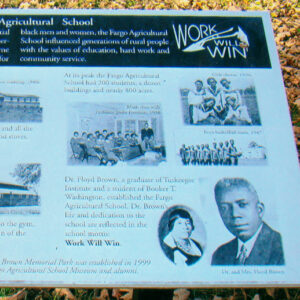 Fargo School Sign
Fargo School Sign
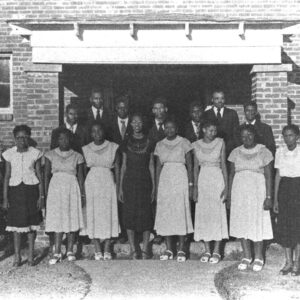 Fargo School Students
Fargo School Students
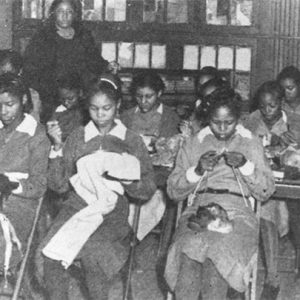 Fargo Sewing Class
Fargo Sewing Class
 Farm Implement Display
Farm Implement Display
Farrar, Clayton Ponder (Clay), Jr.
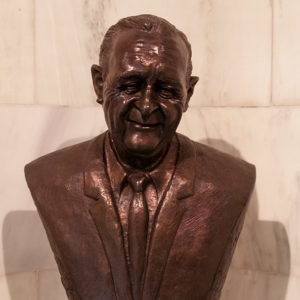 Faubus Bust
Faubus Bust
Faulkner County Courthouse
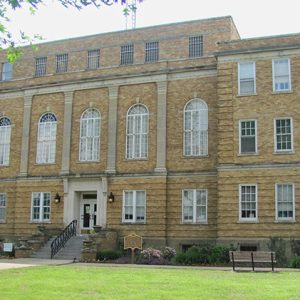 Faulkner County Courthouse
Faulkner County Courthouse
Faulkner County Historical Society (FCHS)
Faulkner County Museum
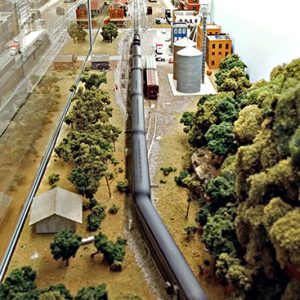 Faulkner County Museum
Faulkner County Museum
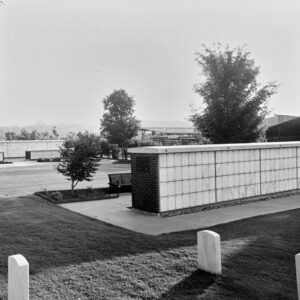 Fayetteville Cemetery View
Fayetteville Cemetery View
Fayetteville Confederate Cemetery
Fayetteville National Cemetery
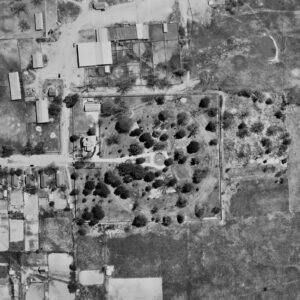 Fayetteville National Cemetery
Fayetteville National Cemetery
 Fayetteville National Cemetery
Fayetteville National Cemetery
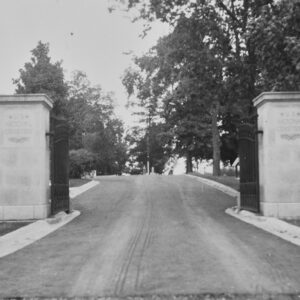 Fayetteville National Cemetery
Fayetteville National Cemetery
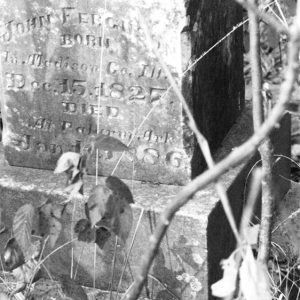 Ferguson Grave
Ferguson Grave
Ferguson House (Pine Bluff)
Ferguson, Jim, Sr.
aka: James Garland Ferguson Sr.
Ferguson, John Lewis
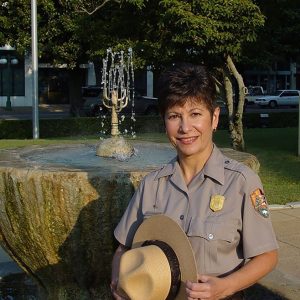 Josie Fernandez
Josie Fernandez
Fernandez, Josie
 Fetzer Cemetery
Fetzer Cemetery
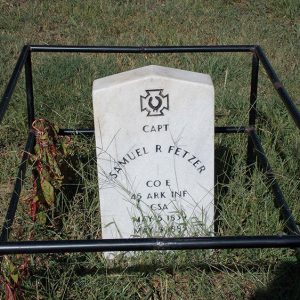 Samuel R. Fetzer Gravesite
Samuel R. Fetzer Gravesite
Ficklin-Imboden Log House
 Ficklin-Imboden Log House
Ficklin-Imboden Log House
Fielder House
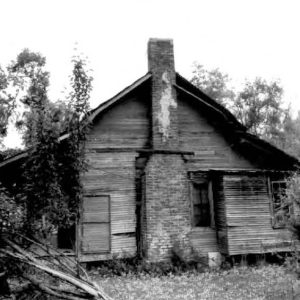 Fielder House
Fielder House
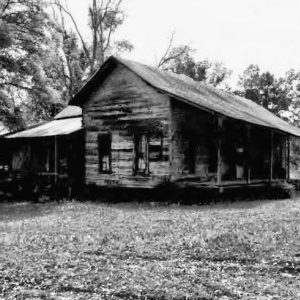 Fielder House
Fielder House
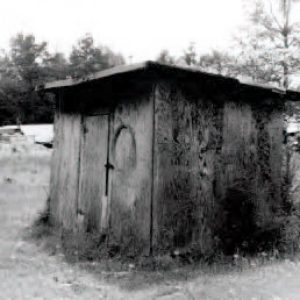 Fielder House Outbuilding
Fielder House Outbuilding
 Fielder House Side
Fielder House Side
Files Cemetery
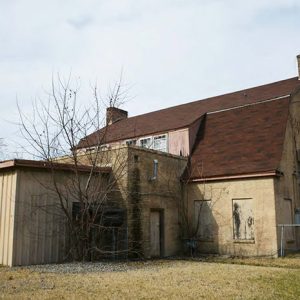 Fire Station No. 9 Rear View
Fire Station No. 9 Rear View
 Fire Station No. 9 Side Entrance
Fire Station No. 9 Side Entrance
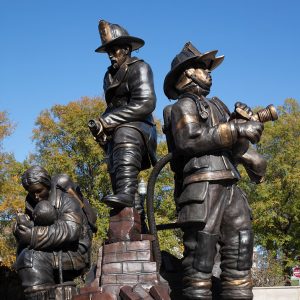 Firefighters Memorial
Firefighters Memorial
First Baptist Church (Little Rock)
aka: EMOBA
aka: Museum of Black Arkansans and Performing Arts Center
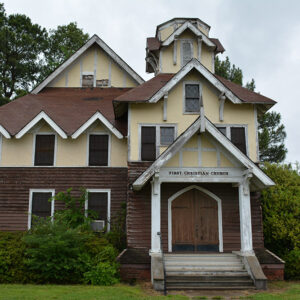 First Christian Church
First Christian Church




